Somerset Street, Abertillery, Blaenau Gwent, NP13 1DJ
Number 14 Somerset Street is at a very narrow junction in the centre of this former mining town, in the south Wales valleys. The building is well known in Abertillery as the former Pontlottyn department store. Established in 1875, it was rebuilt in 1897, immediately opposite the rival Bon Marche (now Somerfield). The Pontlottyn store closed its doors for the last time in the late 1960s.
A plaque documenting the history of The Pontlottyn.
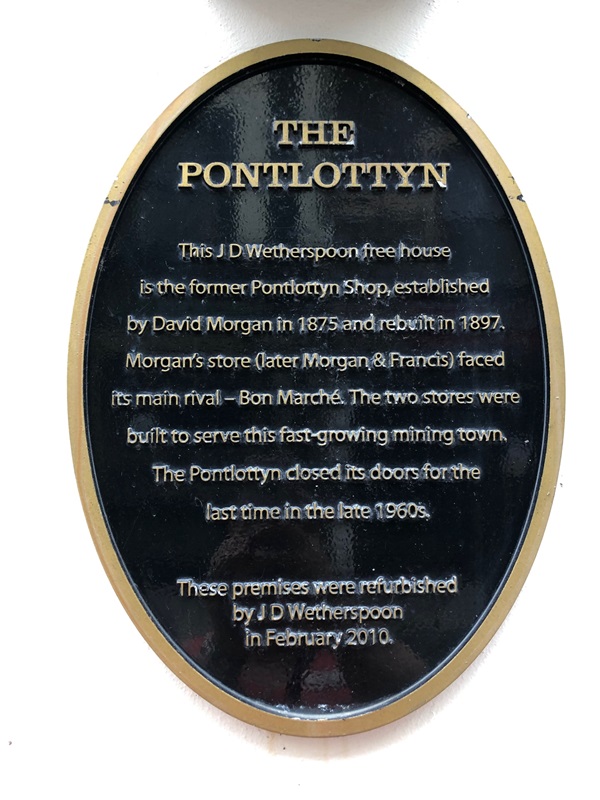
The plaque reads: This J D Wetherspoon freehouse is the former Pontlottyn Shop, established by David Morgan in 1875 and rebuilt in 1897. Morgan’s store (later Morgan & Francis) faced its main rival – Bon Mache. The two stores were built to serve this fast growing mining town. The Pontlottyn closed its doors for the last time in the late 1960s.
These premises were refurbished by J D Wetherspoon in February 2010.
Prints and text about Oliver Cromwell and Charles I.
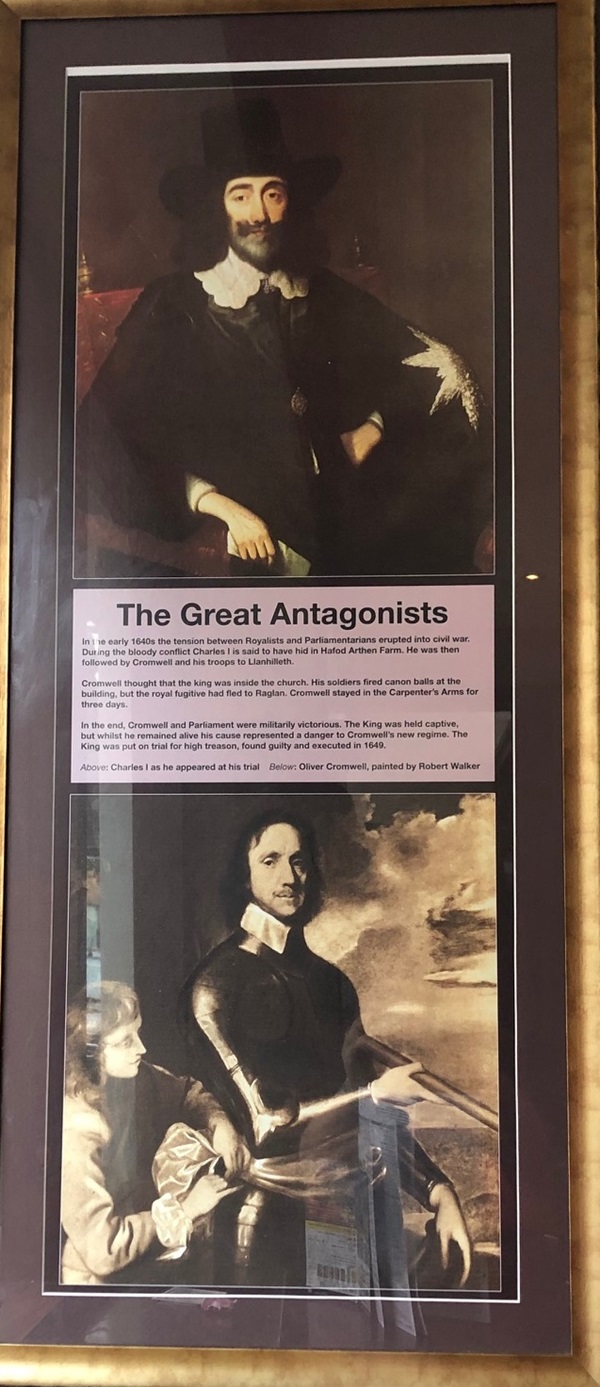
The text reads: In the early 1640s the tension between Royalists and Parliamentarians erupted into the Civil War. During the bloody conflict Charles I is said to have hid in Hafod Arthen Farm. He was then followed by Cromwell and his troops to Llanhilleth.
Cromwell thought that the King was inside the church. His soldiers fired cannonballs at the building, but the royal fugitive had fled to Raglan. Cromwell stayed in the Carpenter’s Arms for three days.
In the end, Cromwell and Parliament were military victorious. The King was held captive, but whilst he remained alive his cause represented a danger to Cromwell’s new regime. The King was put on trial for high treason, found guilty and executed in 1649.
Above: Charles I as he appeared at his trial
Below: Oliver Cromwell, painted by Robert Walker.
A photograph of Somerset Street, 1903.
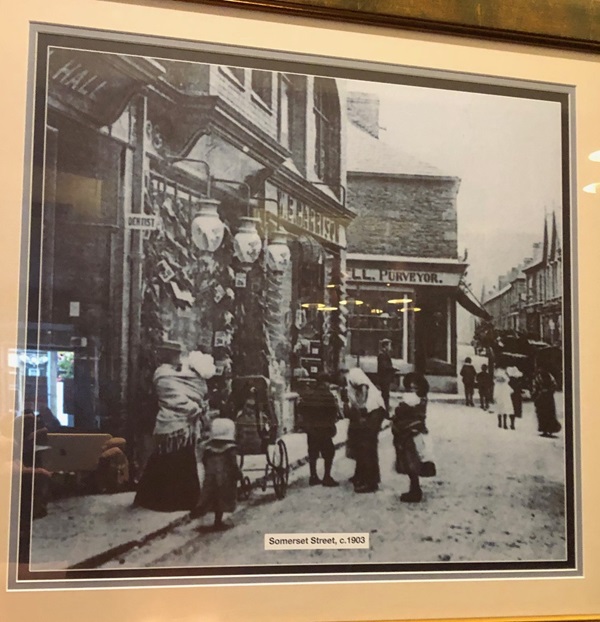
A photograph of Somerset Street, 1921.
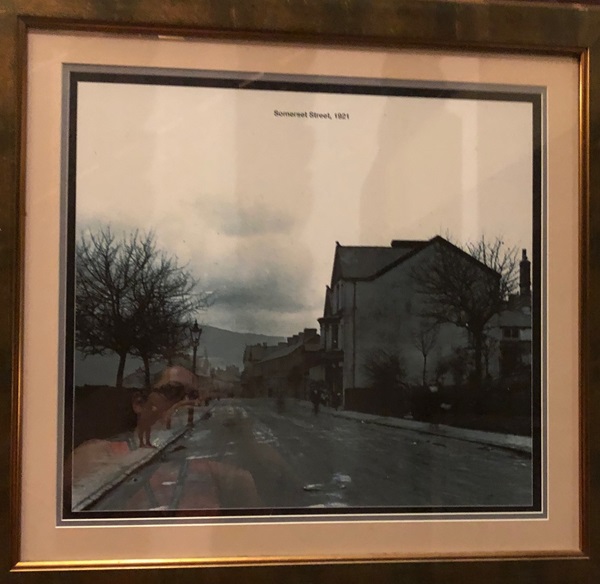
A photograph of the old post office, High Street, 1903.
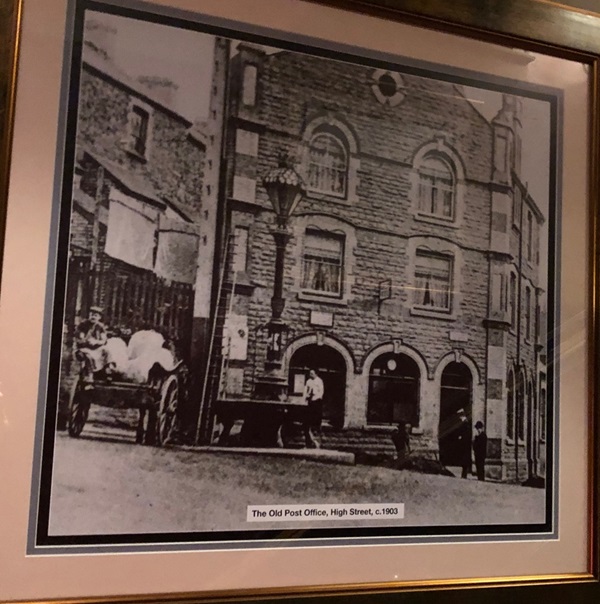
External photograph of the building – main entrance.
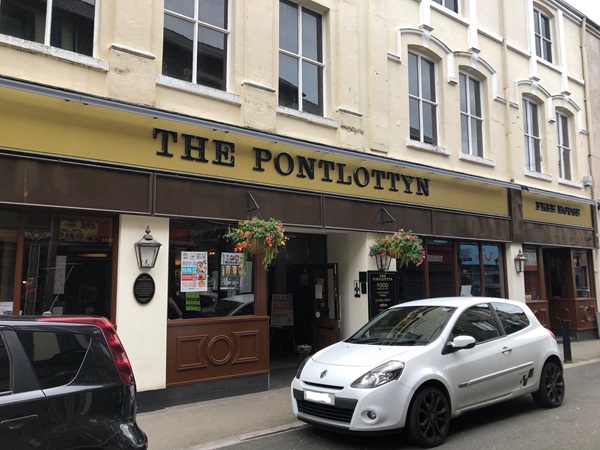
If you have information on the history of this pub, then we’d like you to share it with us. Please e-mail all information to: pubhistories@jdwetherspoon.co.uk